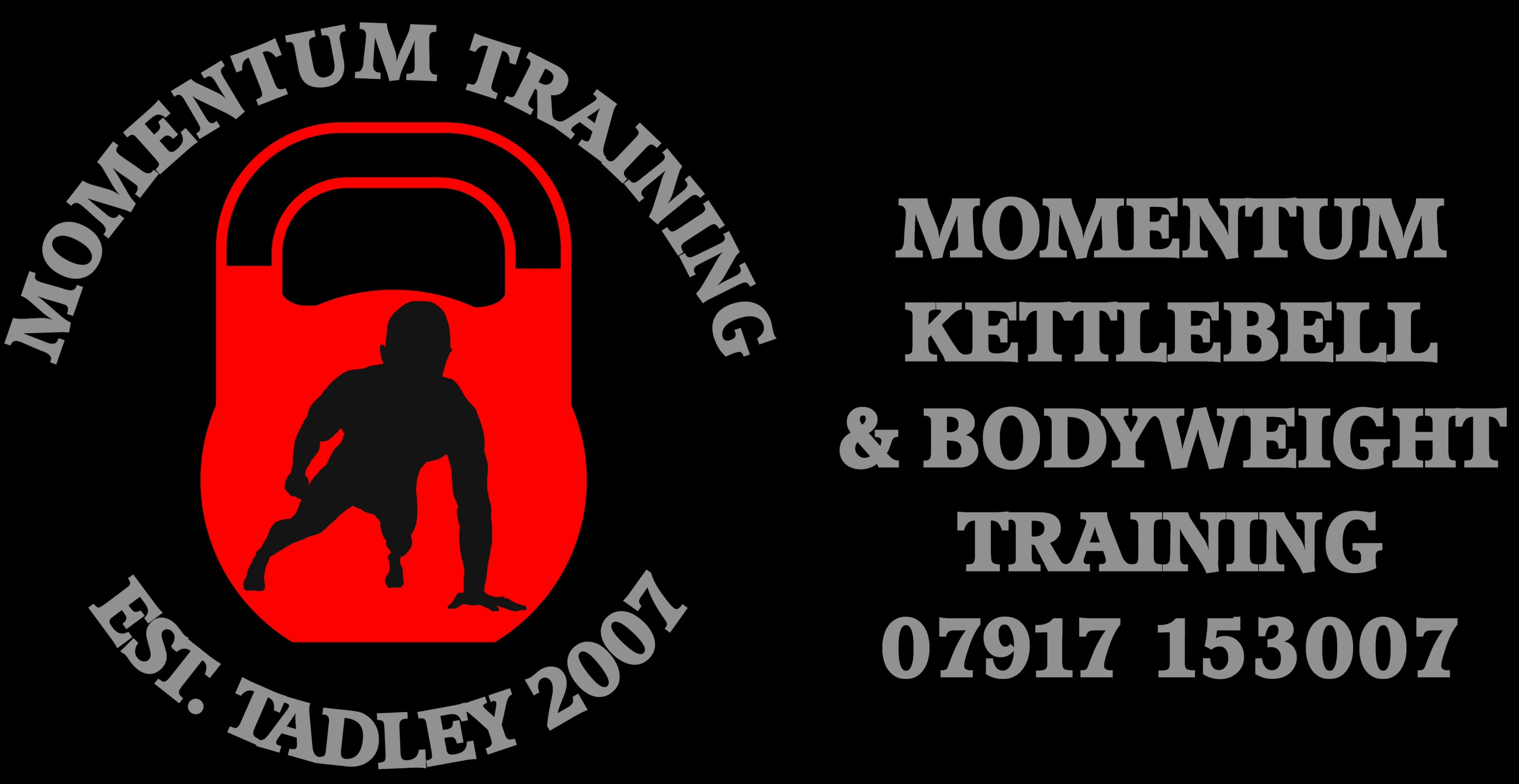Twice the Results in Half the Time?
By Chad Schnettler, M.S.,
John Porcari, Ph.D., and
Carl Foster, Ph.D.,
with Mark Anders
It’s funny how workout trends come and go, and how a centuries old piece of cast iron can inspire legions of exercisers in 2010. That’s the way it seems to be going for the good ol’ kettlebell.
These cannonball-shaped iron orbs with handles liftedin a swinging motion were developed by Russian strongmenin the early 1700s as a way to build strength, balance,
flexibility and endurance quickly. And they do work well. If you want proof (at least anecdotal), rent the film epic 300 and take a look at the physique of lead actor Gerard Butler who plays King Leonidas of Sparta. Butler used kettlebells to prepare for his role in the film. But it’s not just Hollywood types who are getting into it.
Kettlebell-themed fitness classes are now being offered at gyms across the country. “It’s great because it brings cardio and strength training together in one quick exercise,” says Michael Shade, kettlebell instructor at Sports Club/LA in Miami. “Instead of lifting weights for a half hour and doing the treadmill for another half hour, you can get everything done with kettlebells in 20 minutes.” Shade says that in his gym, kettlebells went from gathering dust in the corner to becoming so popular there is now a waiting list for his weekly kettlebell bootcamp classes. There are even kettlebell-only gyms opening around the country that attract exercisers who really like the simple, total-body exercises. Given kettlebells’ surge in popularity, the American Council on Exercise (ACE) decided to look into the science behind this workout trend.
The Study
To analyze the energy cost and exercise intensity of kettlebell workouts, ACE enlisted the help of the research experts at the University of Wisconsin, La Crosse Exercise and Health Program. The team, led by John Porcari, Ph.D., and Chad Schnettler, M.S., recruited 10 volunteers, male and female, ages 29 to 46 years, all of whom were experienced in kettlebell training. “They [kettlebell enthusiasts] make these all-encompassing claims about increasing your muscular strength, endurance and aerobic capacity with kettlebells, like, if you do this, that’s all you need to do,” says Porcari. “So we wanted to look and see how much of an aerobic workout you really do get and how many calories you really burn.” Prior to beginning the actual study, each volunteer was given a maximal exercise test on a treadmill while oxygen consumption and heart rate were constantly monitored. Next, they surveyed each subject and their ratings of perceived exertion (RPE) for the treadmill test. Once a fitness baseline was established, each subject returned to the Human Performance Laboratory on a separate day to perform a five-minute kettlebell VO2max snatch test to establish a baseline of their specific kettle-bell fitness. For this test, the subjects used a 12-, 16-, or 20-kilogram kettlebell (depending on their gender, body weight, fitness level, and experience level) swinging it one-handed between their legs and up and over the head in a snatch motion. The subjects continuously performed snatches to a specific cadence during each minute, switching to the opposite hand for the snatch every other minute. The maximal kettlebell test format went like this:
• First minute: 8 repetitions at a rate of 1 snatch
every 7 seconds
• Second minute: 12 repetitions at a rate of 1 snatch
every 5 seconds
• Third minute: 15 repetitions at a rate of 1 snatch
every 4 seconds
• Fourth minute: 20 repetitions at a rate of 1 snatch
every 3 seconds
• Fifth minute: The subject went all out, performing
as many snatches as they could until fatigue.
Meanwhile, heart rate (HR) and oxygen consumption (VO2) were measured during each stage. A peak RPE was taken following the test as well as blood lactate levels, which were tested using the finger prick method three minutes after completion of the test. The number of snatches each subject successfully completed during the final minute of the test determined the number of snatches they would be asked to perform during the actual kettlebell testing (to be conducted on a separate day). For example, if a subject completed 24 snatches during the final minute, this number was divided by four and they were required to complete at least six snatches during each timed 15-second period of the 20-minute kettlebell snatch workout.
After both the maximal exercise and maximal kettlebell tests had been completed, each subject then performed a pre-determined 20-minute kettlebell snatch workout typical of a common kettlebell routine. Following a basic warm-up, subjects did 15 seconds of one-armed snatches, first with their dominant hand, then after a 15-second rest period, they performed another 15 seconds of snatches with the other hand. The workout continued like
that, with intervals of 15 seconds of work and 15 seconds of rest, for 20 minutes, followed by a five-minute cool-down.
Throughout the workout, researchers monitored each subject’s HR at 60-second intervals, followed by a blood lactate test which was taken immediately following completion of the workout.
The Results
During the 20-minute workout, the average calorie burn was 272 calories, not counting additional calorie burn due to the substantial anaerobic effort.
“We estimated oxygen consumption and how many calories they were burning aerobically, and it was 13.6 calories per minute. But we also measured the blood lactate, so anaerobically they were burning another 6.6 calories per minute,” explains Porcari. “So they were burning at least 20.2 calories per minute, which is off the charts. That’s equivalent to running a 6-minute mile pace. The only other thing I could find that burns that many calories is crosscountry skiing up hill at a fast pace.”
Researchers credit the brisk calorie burning to the fact that the kettlebell snatch workout is a total-body movement that is also done very quickly due to the interval-training format. “We knew it would be extremely intense,” says Schnettler. “It’s a quick workout, and you do get a big bang for your buck in a very short amount of time.”
As for heart-rate data, the average HR during the kettlebell snatch workout was between 86 percent and 99 percent of the kettlebell HR max for all subjects. “The average heart rate was 93 [percent], but some people averaged, for the 20-minute workout, 99 percent of heart rate max,” says Porcari. “Anytime you’re using that much muscle effort, it’s going to be a vigorous workout.”
As for the VO2max, the treadmill VO2max was 23 percent higher (38.9 ml/kg/min vs. 31.6 ml/kg/min) than the VO2max attained during the kettlebell VO2max test (Table 1).
The Bottom Line
Kettlebells can provide one heck of a workout. Based on comparisons with data from previous research on standard weight training, the HR and VO2 responses during the kettlebell snatch routine suggest it provides a much higher-intensity workout than standard weight-training routines. Furthermore, the kettlebell snatch workout easily meets industry recommendations for improving aerobic capacity. “This is good news for people who are looking for a very good resistance-training workout that will also help them lose weight,” says Schnettler. “For people who might not have a lot of time, and need to get in a good workout as quickly as possible, kettlebells definitely provide that.”















